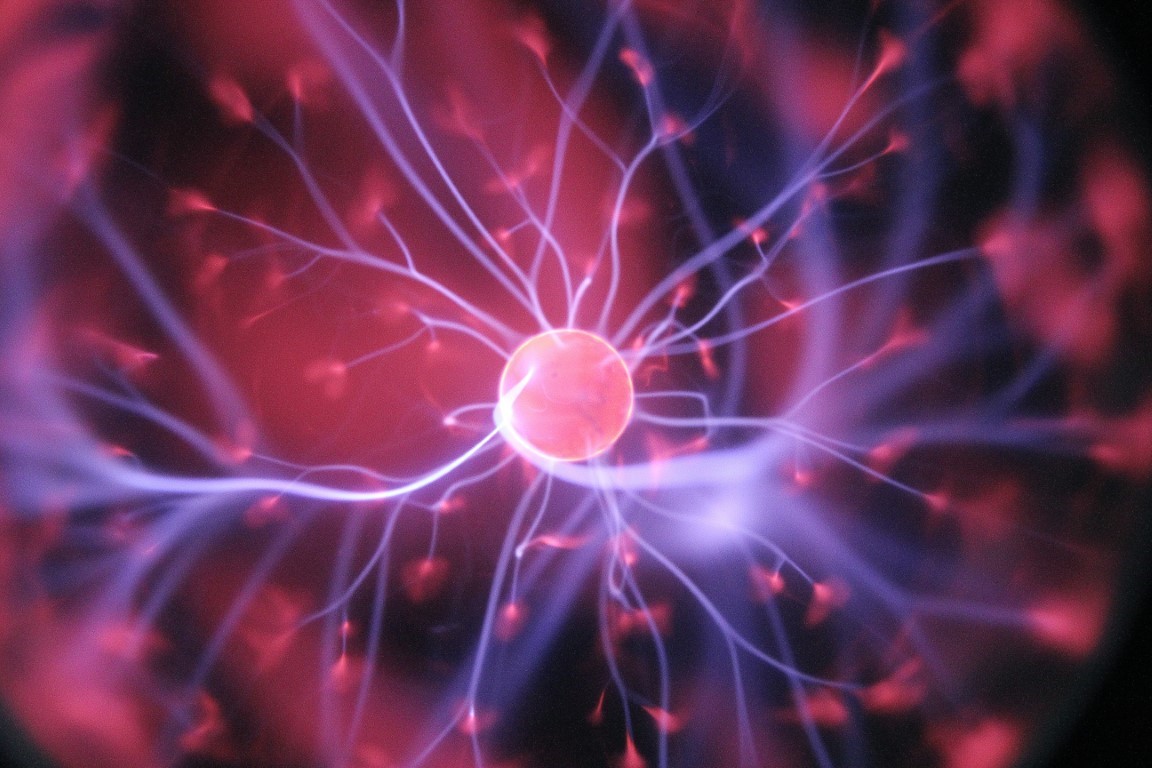Główne bloki treści
Andrzej Romanowski
dr hab. inż.
O mnie
Rozwijam w PŁ tematykę HCI (human-computer interaction). Badam nowe metody interakcji w kontekście rewolucji przemysłowej Industry 4.0 oraz społecznych zmian związanych z automatyzacją, robotyzacją i wykorzystaniem metod sztucznej inteligencji w środowiskach roboczych, biurowych i medycznych (Future of Work). Inne obszary badawcze, na których koncentruje się moja aktywność, to
rozwój i zastosowanie metod tomograficznych w przemyśle oraz czynniki
ludzkie w przetwarzaniu bez granic, informatyka śledcza i cyberbezpieczeństwo.
Jestem autorem lub współautorem ponad 150 publikacji, w tym w czasopismach indeksowanych na liscie JCR, rozdziałów w książkach, licznych artykułów w czasopismach międzynarodowych i krajowych, zeszytach naukowych oraz referatów w materiałach kongresowych i konferencyjnych. Byłem także współedytorem kilku monografii oraz współautorem 1 międzynarodowego patentu. W latach 2003-2023 brałem udział w projektach badawczych finansowanych przez Międzynarodową Agencję Energii Atomowej, UE, brytyjskie EPSRC, MNISW oraz NCN i NCBiR. Kilkanaście projektów, w których brałem udział zdobyło wyróżnienia w międzynarodowych konkursach i wystawach innowacji, w tym Grand Prix, medale i nagrody specjalne. Indeks h=19 (wg Scopus), h=20 (wg Google Scholar), liczba cytowań > 1400. Chcesz znaleźć aktualne dane dotyczące publikacji - zerknij tutaj: profil scholar.
Działalność naukowa

Działalność naukowa
Publikacje

Działalność naukowa
Patenty

Działalność naukowa
Projekty

Działalność naukowa
Inne
Działalność dydaktyczna

Działalność dydaktyczna
Dla studentów

Działalność dydaktyczna
Konsultacje
